SEARCH






|
|
|
|


by Christian Roustan (Kikroune)
Philippe Lavialle is an accomplished French photographer and teacher of visual arts. His artistic work is impressive. Neither analogue nor digital techniques have any secrets for him. He also runs a Gallery in Paris.
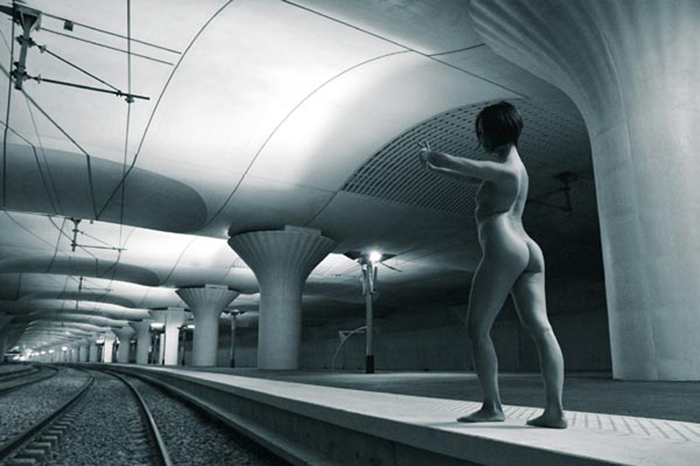
I have admired your photographic work for several years Philippe; could you describe your work and introduce yourself in a few words to those who will discover it today?
It is always difficult to describe oneself; but I would say without doubt, to quote Willy Ronis (although I cannot compare myself to him), that I am a photographer lie detector, that is to say, a jack-of-all-trades!...
I started with photography when I was 17 years old, through sports photography and portraits, then photographs of nature, wild animals and insects — because I was an entomologist from a young age on! It had been already my desire to photograph these little creatures, to portray them, when I was 15 or 16 years old. But, alas, I didn’t have the means.
Beginning in 1974, I studied three years at a school of photography and audiovisual media to become a professional photographer and director. Meanwhile, I was taking courses in drawing and painting, and I began taking my first nudes.
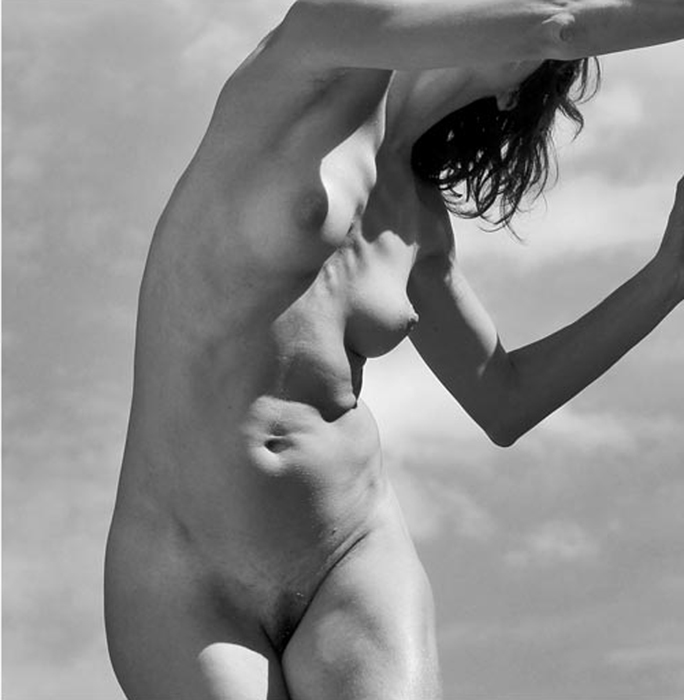
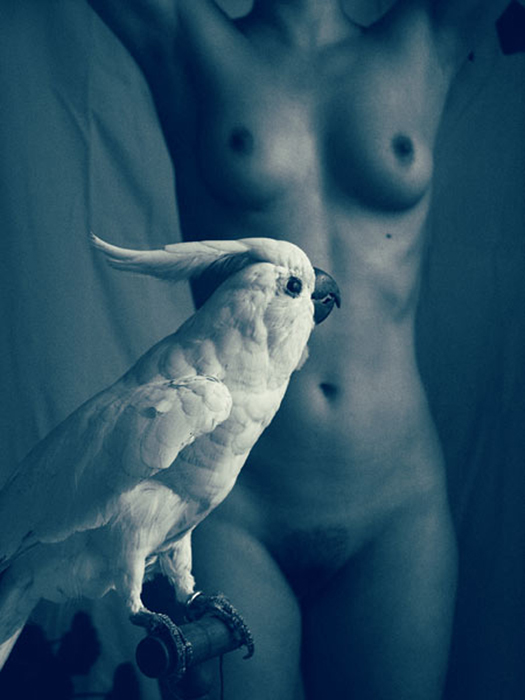
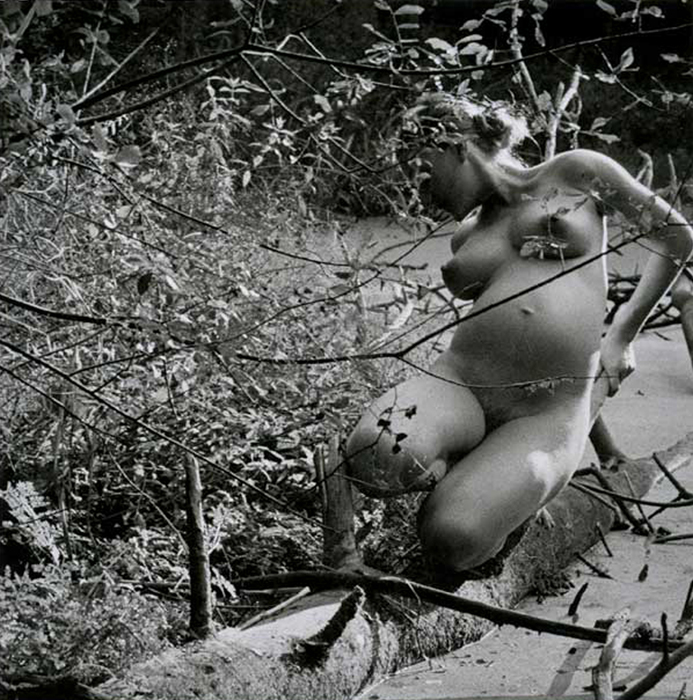
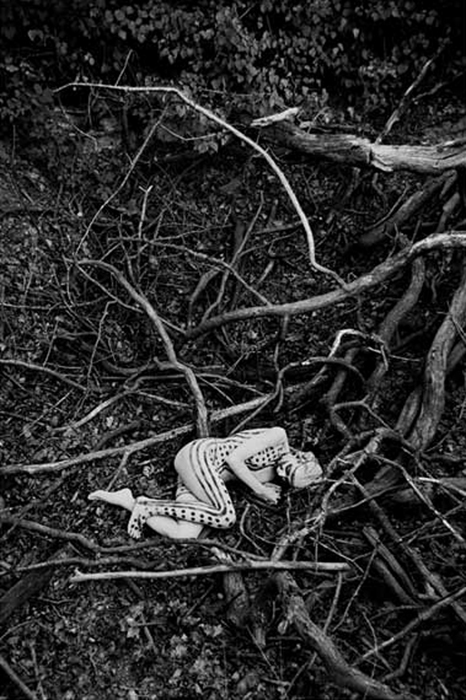
After 1977, I began to work for the Documentation des Musées de France, an organization attached to the Louvre. A place at the Ecole polytechnique allowed me to start almost immediately in what at the time was called “computer images”... In the second half of the ’80s, out of interest, I turned to the production of scientific images at that same institution.
At the same time, since 1979, I have carried out creative work and produced personal and collective exhibitions in France and abroad… Most recently, in 2012, I presented several works at the “Art Revolution Taipei” in Taiwan.
Who are the photographers / artists who most inspired you during your career?
Has this influenced your own work?
This is a question that strikes me particularly, because I consider the influence of one’s elders to be very important. It helps us to develop ourselves, artistically and culturally.
I had the opportunity to have many influences that played a significant role in my evolution and development, and that is due to meeting excellent photographers, especially during the first half of the ’80s. First, Andreas Müler-Pohle, who I was following in 1982 in his workshop at the Rencontres Internationales de la Photographie in Arles. He was a very demanding, German instructor, and at the time, I needed that in order to progress. I was a bit lost, and still far too locked in to the technical performance demanded by my recent professional apprenticeship! He taught me to detach myself, and to go elsewhere. That same year, I was also working with the famous American photographer Barbara Crane, who is also an outstanding teacher, and who I’ve always liked immensely! , In 1983, the following influences were of importance: Alain Fleig, a French instructor who I met in Paris at Studio 666; a photography theoretician and critic, and editor and teacher at Paris VII. He propelled me, during several years of very rich exchange, to a more thoughtful and thorough approach to my personal photographic work. Finally, I believe that I ought to talk about the American Marc Power, who I met also in Arles in 1983. He later brought me a long way in the formulation of my own approach to pedagogy,as did the French philosopher François Soulages, and Jean-Claude Lemagny, the general curator of prints at the BNF, an enthusiast and lover of photography, who I would see from time to time in the Bibliothèque Nationale àParis, as I would Roland Fischer a bit later and some others as well.
In terms of painting, many influences have also helped to shape me... And I will not speak here of contemporary music or electro-acoustic experiences, for which I have some affinities.
Over the course of your diverse career in photography, you have completed numerous projects in the scientific as well as artistic domain. Is there one in particular, which has brought you more satisfaction, and why?
For me, experimentation, and particularly that of the “Vision” through my medium —which was incidentally to some extent the workhorse of Andreas Müller-Pohle,—remains my main axis of creation, I would say. Ultimately, everything revolves around the eye, vision, and how to transpose in order to transmit this vision through photography, which is a form of enjoyment to see certain things in a certain way.
I can probably say that my first sets of contact sheets, made over a very long period in the ’80s, with my favourite model Pha-lê, are great memories for me. Memories of the pleasure that I had, rightly, at discovering the laboratory and then at constructing the sequences of Movements de Jupes (Movements of Skirts) that we were making in the beginning. Totally extravagant sequences compared to what I was doing professionally!
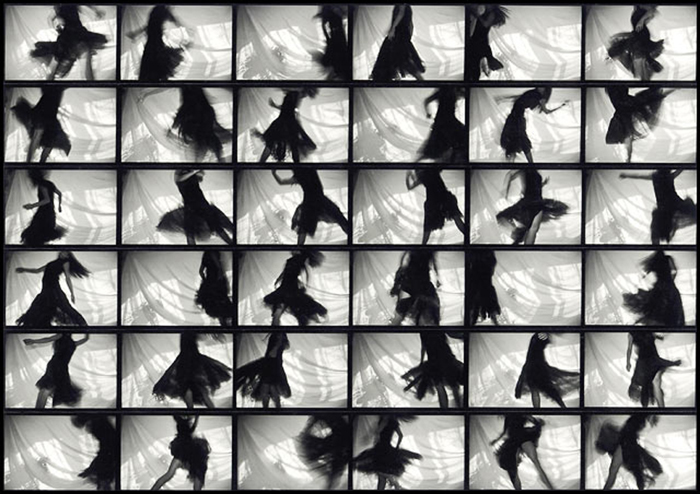

I think at that time, my model and I shared this pleasure and confidence that propelled us forward and allowed us to invest and continually enrich our work with new photographic experiences. It had been a very, very rich and exciting time. I hope to be able to make a retrospective book one day, about all this work accumulated over those twenty years of sharing, for we were living in true sharing.
How would you define — in a few key points — “creation”?
In a few words — which I also use every day in my teaching — here is what creation means for me: thinking, feeling, desire, intention, action, creation, vision. But surely, to create is this: to construct, for surely too many creators are taken as true artists while they are merely in “transgression”.
The artist develops and builds up with the intention of deepening and improving the very foundations of who he is in himself: he builds himself. Being an artist is a life-long task, one that can be deeply challenging at times, but also very often rewarding! There is something unfathomable in creation, when it is developed by a clearly poetic mind, because it is the same that is being recorded there!
You teach photography at the most prestigious engineering schools in France. What are you trying to prioritize passing on to your students?
Since these are future engineers who will one day become the elites of our nation, I always told them that I do not specifically seek to make them artists. So I told them that if they could transpose and use the methods of creation of my own experience which I taught them in support of the fields that they would go in later, then they would be able to go further than the others, they would surely do better and could possibly even build a new society for others, and for themselves.
Some listened to me and came back to see me several years after their studies. They had since become entrepreneurs and told me that they had done so — and that it worked. I was delighted, of course, because they had successfully transposed their artistic experiences and personal photography to their own fields.
What advice would you give to someone starting out in photography?
Work hard; address all possible topics and steer towards your favourite subjects bit by bit. But always seek out new experiences with curiosity, and in all areas, not just photography. Yes, you have to be curious. Because photography allows us to satisfy curiosity; it’s an exciting trade, original and very friendly. We meet many people, and often they are very interesting and very enriching. Opening your mind is paramount. Technique is not the most important, even though it is necessary to master it. It is also necessary to be able to let it go in order to reach the desired moment and create one’s own tools, those which exactly answer the personal vision in the image, for example!
Currently, you can see how photography often attracts ardent enthusiasts, precisely because of the ease that digital technology offers to everyone. However it does not give to photographers what it takes to make this art.
The majority of your work is in black and white. Is there a particular reason for this?
Yes, because I find that this brings out more poetry and imagination. With the exception of “Chromophotographies,” which as the name suggests is a very specific experiment in colour, I prefer to practice my art in the domain of black and white. Colour is more “real,” but there are fewer possibilitieswith colour: it is completely immersed in the impression of the real! And what interests me truly in the act of creation is more imaginary, when the image suggests the unexpected and provokes in us the unseen.
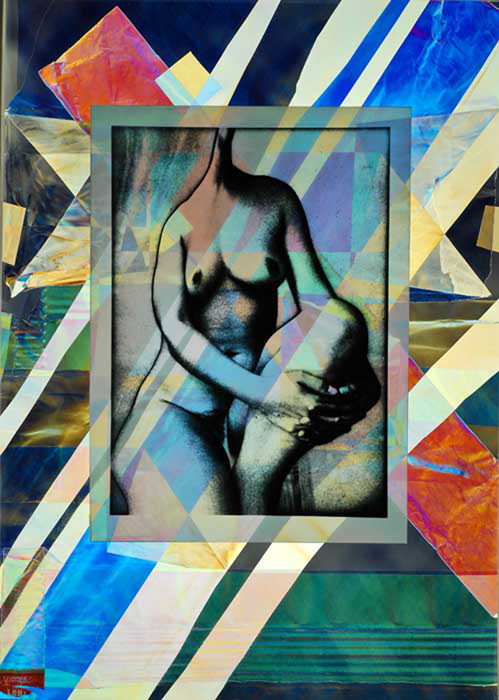
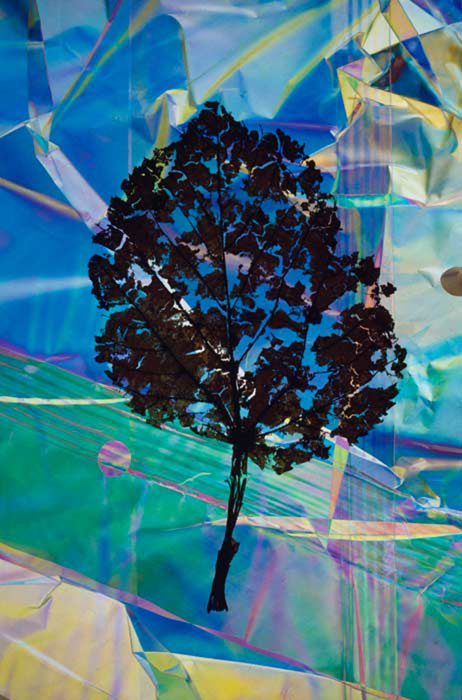
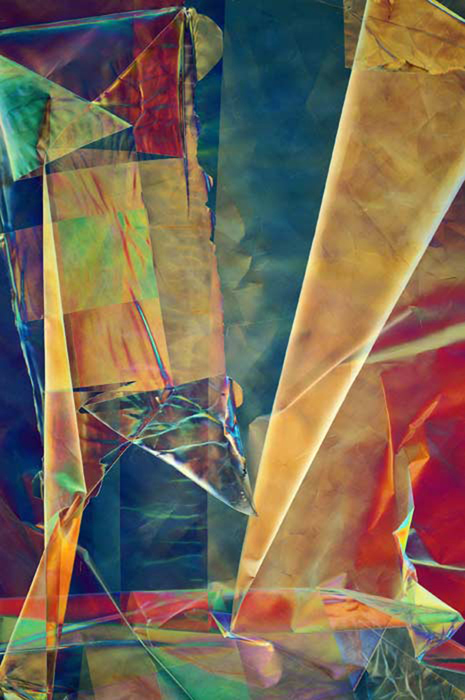
In practice, I think I felt more autonomous developing in black and white. I like to control the print, though I'm not an excellent printer!
With digital, it’s very different from the traditional film I mentioned above: we can do absolutely everything ourselves. It’s really fabulous, but at the same time it leads to extravagances if we have fun with colour in a way that is too free. Unfortunately this does not serve the photographs, since a photograph must be simple in order to convey an essence. That is where the difficulty lies.
You’re still very attached to film photography. In your opinion, what is unique in silver film that we cannot recreate digitally?
I do not exactly think that we cannot recreate – or rather reproduce - in digital the phenomena of silver film… but, I fear that then it is no longer creation, it will become just an effect. That is to say that we create a technical similarity to film that is however rather devoid of meaning and significance… It’s very complex to make some people understand this, but there is nothing creative about this technique. It is a tool, just as the subject is only a medium for the artist, like the stone is for the sculptor!
What interests me is the silver process, and I have always maintained that the traditional image (silver and others as well: charcoal, collodion, bromoil, etc…) has its specificities, and so does digital!
It’s pretty sad that we lost all this heritage and tradition because of commerce, since the photograph remains a practical and industrial art dependent on market fluctuations!
If it so happened that one day there was no more photosensitive paper on the market, we could no longer make photograms, for example.
The question also arises for the disappearance of infrared films and all the emulsions that have to do with it.
That is why I defend the traditional, but not against digital, which I know and respect truly, having used it very early in 1978, long before everyone else.
Is there something that is important to you and that you would like to achieve in the coming years?
Too many projects (laughs)! Yes! I would love for example to find a way to create photographically a grand “Panorama of Europe,” then mount a major European exhibition with other artists encountered during this journey and therefore coming from all over Europe!
I think that Europe is currently aging and is mired in political questions and sunk in a great global economic slump. It had better taken interest in diffusing the culture of the different people that compose Europe, because they don’t know themselves! How do you build cohesion among people who sometimes feel so distant from each other?
I would also like to keep up some of my personal photographic projects, like “Chromophotographies” or “Lumigrammes,” which are sorts of photograms of fractals in volume (sometimes presented in to form of a sculptural relief with the help of a special stereoscopic technology). I am far from having exhausted all these questions, such as the outright exploration of time or light: experiences already addressed but still always on-hold and never fully completed. And I also have some side projects.
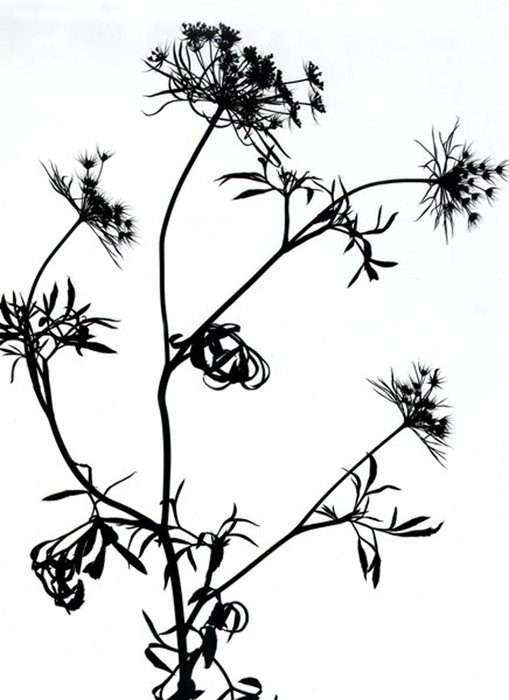
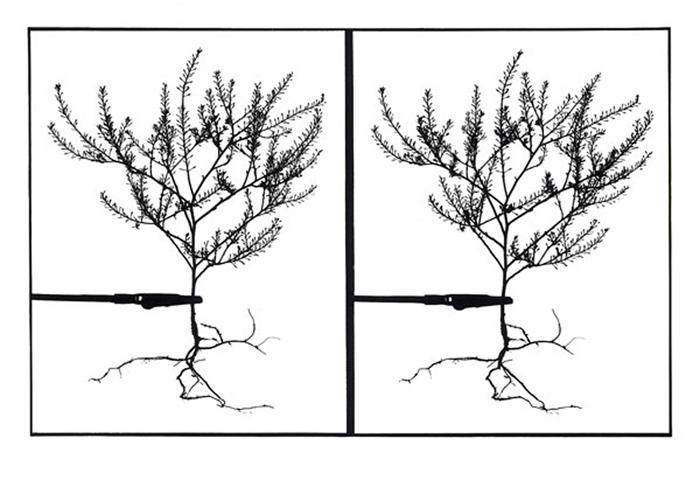

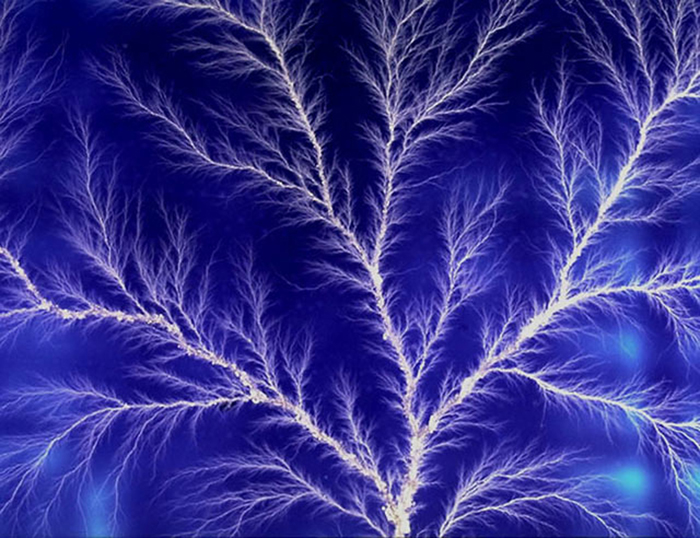
And then there are the really big projects. There is the “Water Theater” designed in the ’80s, which is an ensemble project on art and design related to water and the ecological environment, integrating ethical pedagogy and scientific research.
There is also the “ Underwater Photo-Musical Exposition,” developed in collaboration with my friend the contemporary composer Michel Redolfi, waiting to see the light of day for over 30 years!

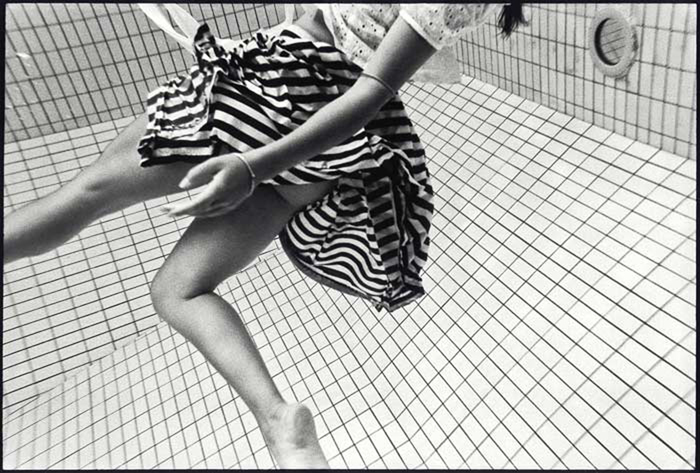
Finally, I’m also thinking of one last, more recent project: “The Museum of Common Photography Conservatory,” which is a project created for the preservation of traditional European photographic heritage, for research, teaching, and creation in this specific area. A vast project for which I am always searching for help and collaboration! A word to the wise.
Before this interview, you didn’t know about 1X. What were your first impressions of when you saw the site?No, I did not know about 1X until you told me about it quite recently! It seems to me that there are innumerable things to see, and there also seems to be a great diversity! That’s what is interesting, because at the same time the quality of the works presented to me seems excellent. The only downside is the language! I would like to see a navigation and texts in several different languages (in French, for example…). But, I understand the difficulty, take my personal website as example. It is all in French (laughs)!
Philippe Lavialle's website
 | Write |
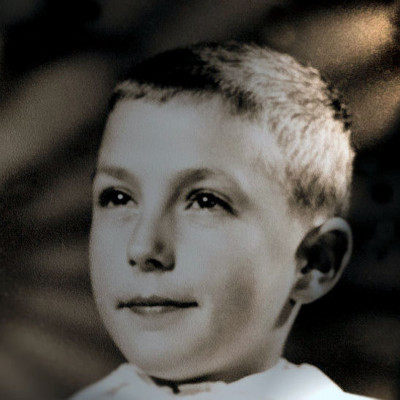 | Thierry Dufour PRO Merci Christian pour cette superbe rencontre et découverte pour moi, des photos magiques !!! Amicalement Thierry. |
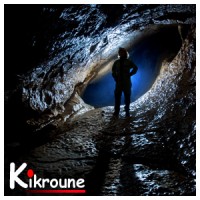 | Christian Roustan (Kikroune) Currently, in Paris Philippe Lavialle exposes unpublished photos of the 70's.
You can find more informations on his website by following this link:
http://www.philippe-lavialle.com/image.php?id=170&image=42 |
 | Yvette Depaepe CREW Thanks for mentioning this, Christian !!! |
 | Christian Roustan (Kikroune) Thank you very much to Philippe Lavialle who granted me this interview. |